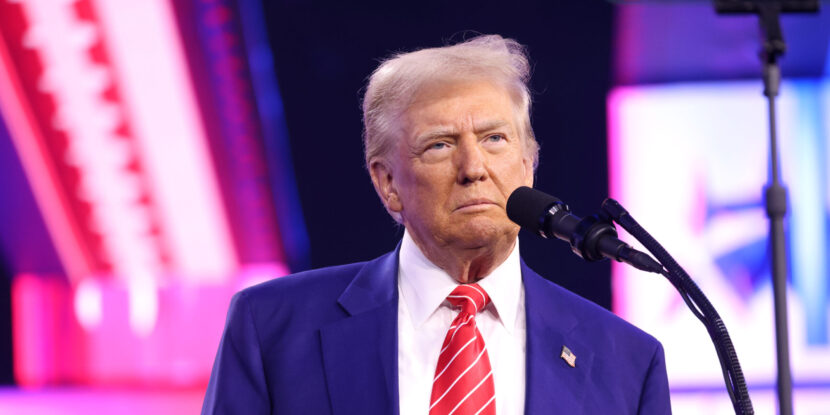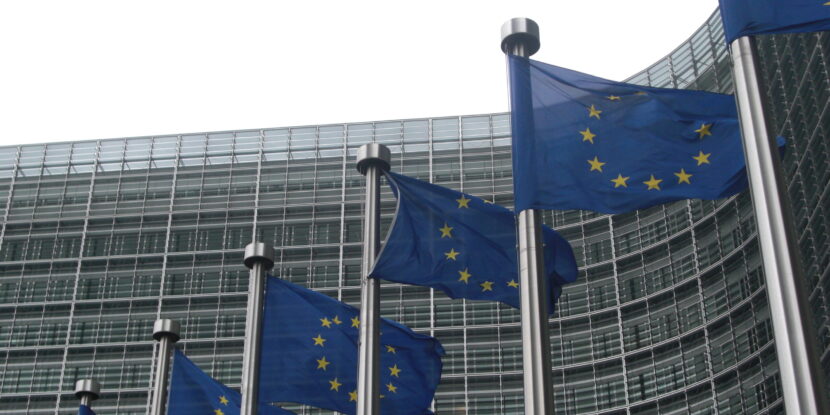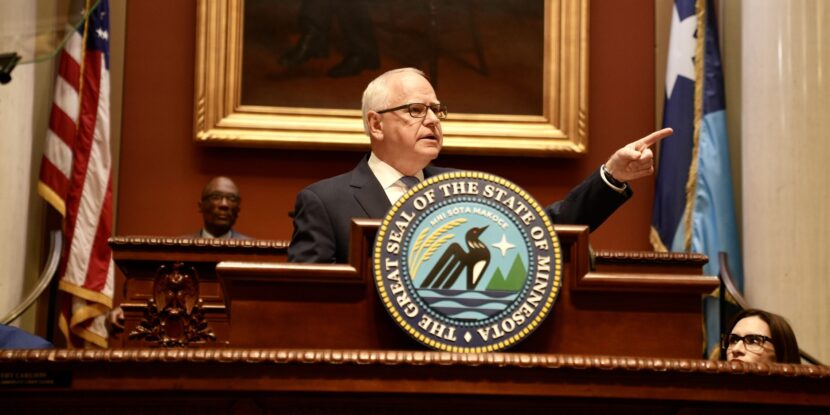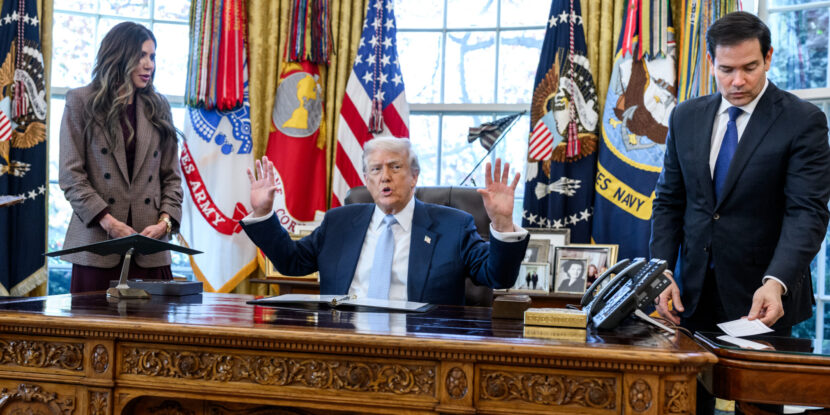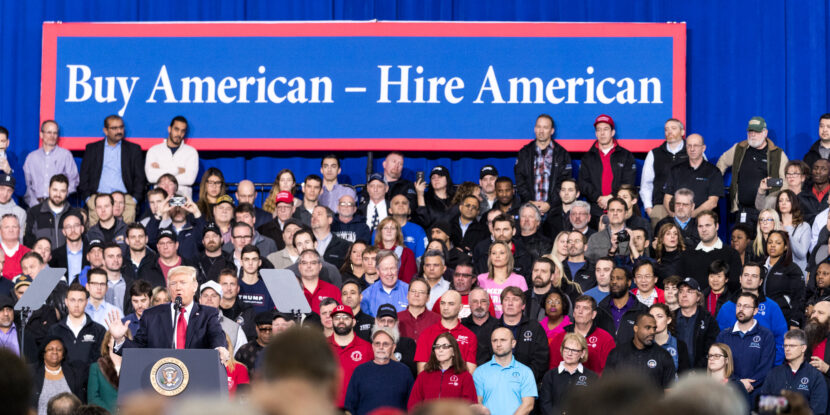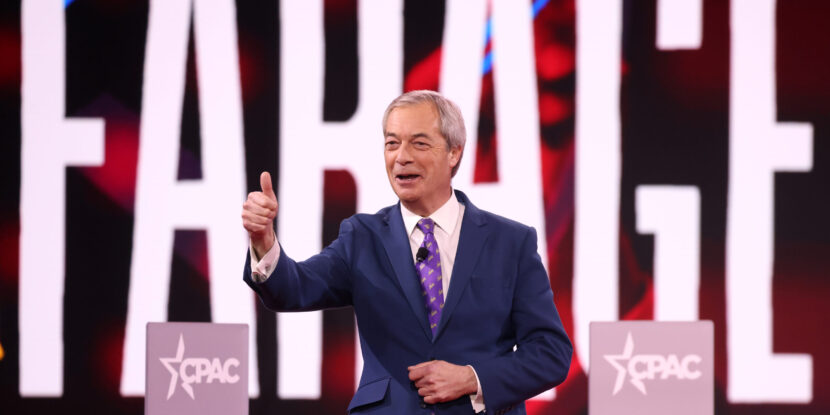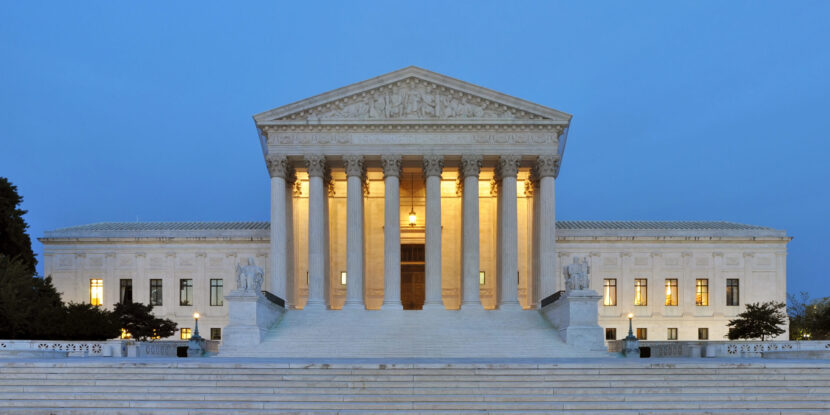Late Monday night, President Donald J. Trump announced he has reinstated 25 percent tariffs on steel and aluminum imported from a handful of countries previously exempt from the tariffs. According to the President, the move is necessary to close loopholes used by the People’s Republic of China to continue dumping their cheap steel on American markets.
“The countries of Argentina, Australia, Brazil, Canada, Japan, Mexico, South Korea, the European Union, Ukraine, and the United Kingdom had received exemptions, which prevented the tariffs from being effective,” the Trump White House explains, adding: “By granting exemptions to certain countries, the United States inadvertently created loopholes that were exploited by China and others with excess steel and aluminum capacity, undermining the purpose of these exemptions.”
According to President Trump, the 25 percent steel and aluminum tariffs are derived from his authority under Section 232 of the Trade Expansion Act of 1962, which allows the White House to unilaterally adjust certain tariff rates in the name of national security. This authority was used by Trump in 2018 to institute a 25 percent tariff on steel and a 10 percent tariff on aluminum. The White House has indicated that the tariffs will remain in place until America’s domestic steel and aluminum industries “achieve[e] sustainable capacity utilization of at least 80 [percent].”
During Trump’s first term in office, domestic capacity utilization for steel reached 81 percent but fell under the Biden government to just 75.3 percent in 2023. Meanwhile, aluminum jumped from 40 percent to 61 percent under Trump, again falling to 55 percent in 2023.
